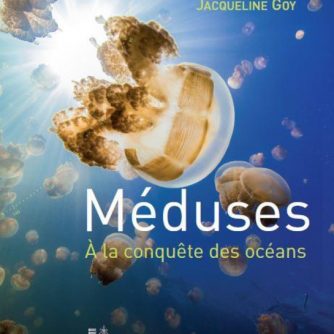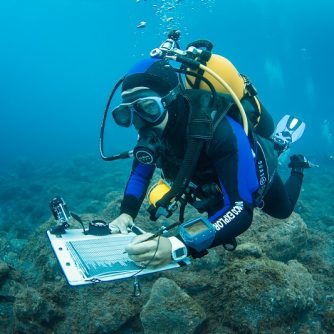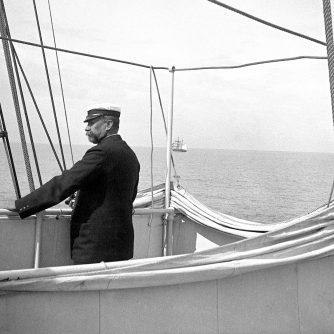Monaco, an international base
- Home
- Intervenants-FDM
- Monaco, an international base
The group of Monegasque institutions federated around the environmental commitment of H.S.H. Prince Albert II is not the only one acting in favour of ocean protection from Monaco.
The Principality is also home to international organisations which have been established there for over a century with the support of the Princes.
Albert I: the era of exploration
Prince Albert I contributed to the creation of two international institutions related to the ocean, whose headquarters were established in Monaco at his invitation, and have remained so with the active support of his successors.
The International Commission for the Scientific Exploration of the Mediterranean (
CIESM
) was created in 1919 to promote international research in the Mediterranean and Black Seas and was one of the first international organizations in the world. Chaired by H.S.H. Prince Albert II, the organization currently has 23 member states. It is based on the scientific work of six thematic committees, coordinated by a general secretariat. The CIESM plays a central role in the exchange of ideas, the communication of scientific information, the development of standards throughout the area and the regional monitoring of sensitive indicators of change.
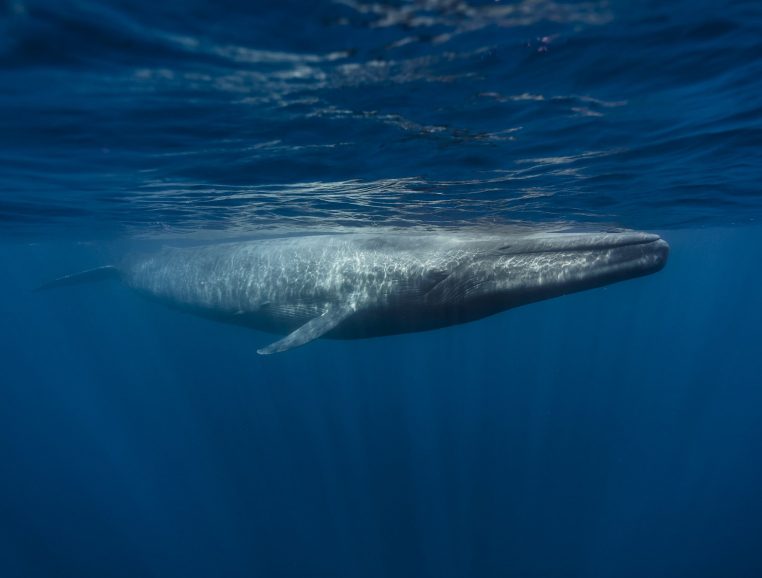
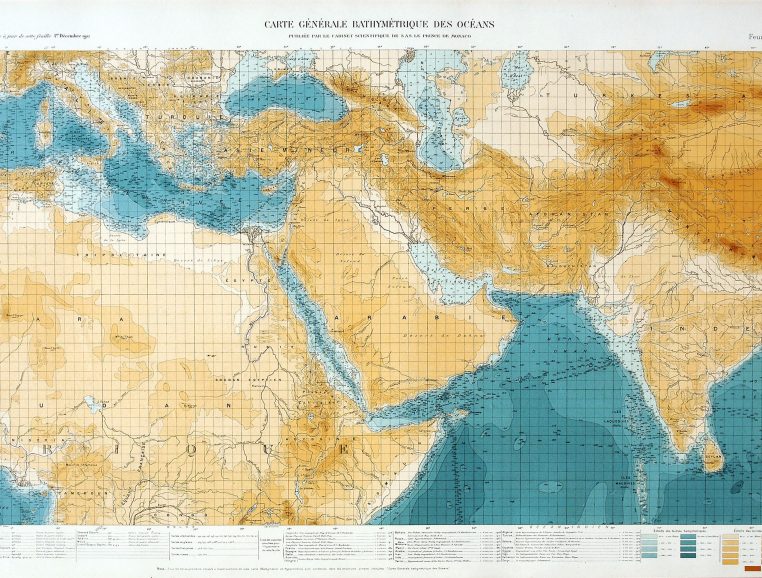
At the end of his reign, the “explorer prince” also contributed in 1921 to the creation of the International Hydrographic Organization (
IHO
), whose headquarters he proposed be located in the Principality. The IHO is an intergovernmental advisory and technical organization for the promotion of safety of navigation and protection of the marine environment. Its purpose is to ensure the coordination of the activities of national hydrographic services, the greatest possible uniformity in nautical charts and records, the adoption of safe and efficient methods of conducting and operating hydrographic surveys, and the advancement of hydrographic science and oceanographic surveying techniques.
Rainier III: the protection agreements
Following in the footsteps of his grandfather, Prince Rainier III has invested in a better knowledge of the ocean, but he has also actively contributed to the development of the first international mechanisms for the protection of the marine world.
As early as 1970, at the CIESM plenary meeting, he expressed his desire to set up a pilot area that would be a laboratory of ideas for environmental protection. This initiative took shape in 1976 with the official signing of the RAMOGE Agreement, named after the first syllables of the three cities which then limited its area of competence: Saint-Raphaël to the west, Monaco and Genoa to the east. The RAMOGE Agreement symbolizes a new approach to marine conservation. The permanent secretariat of the RAMOGE Commission is also provided by the Government of the Principality of Monaco.
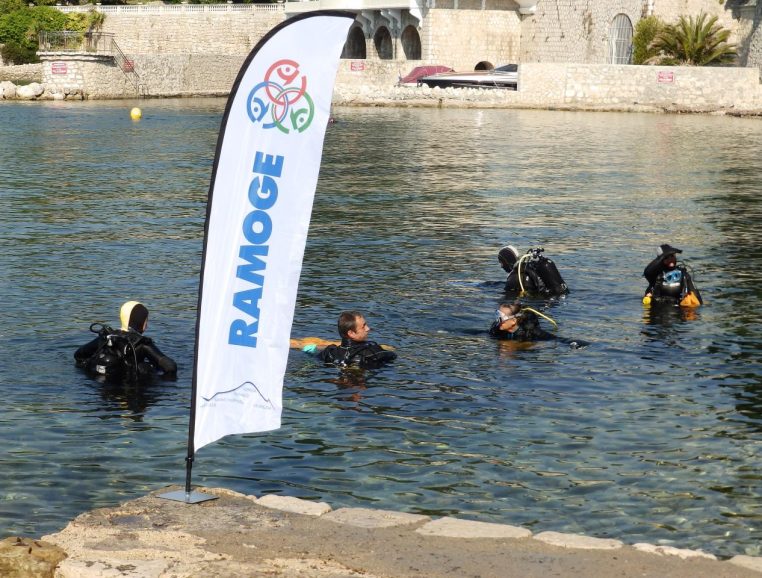
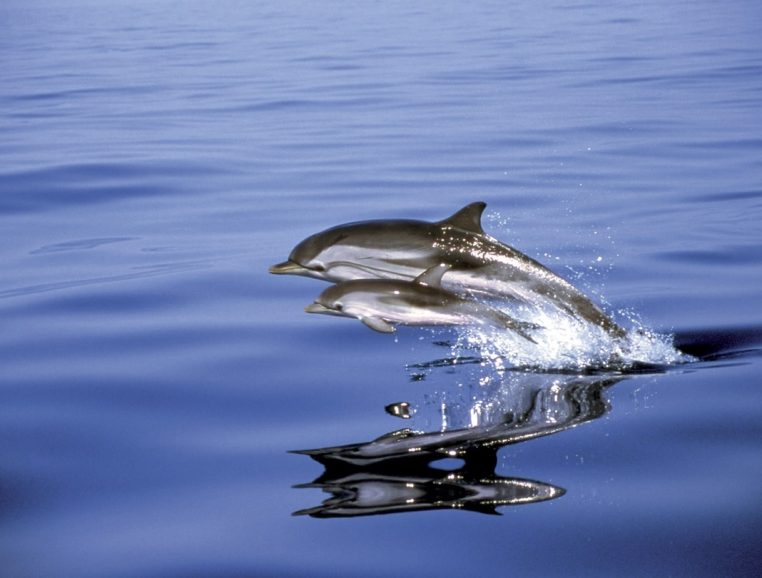
Thirty years later, Rainier III also contributed to another major agreement in the Mediterranean for the protection of cetaceans: the
Pelagos
. Signed in Rome on 25 November 1999 by the Principality of Monaco (depositary), France and Italy, this treaty enabled the creation of a sanctuary for marine mammals in a maritime area of 87,500 km² in the Mediterranean. It came into force on 21 February 2002 with the objective of establishing concerted and harmonised actions between the three countries for the protection of cetaceans and their habitat against all causes of disturbance: pollution, noise, accidental captures and injuries, disturbances in their environment, etc.
At the initiative of H.S.H. Prince Albert II, the permanent secretariat of the Pelagos Agreement was installed in the Principality by virtue of a headquarters agreement signed on 3 April 2017.
In parallel and in addition to the Pelagos Agreement, another convention for the protection of marine mammals was signed on 24 November 1996, with a broader geographical scope: the Agreement on the Conservation of Cetaceans of the Black Sea, Mediterranean Sea and Contiguous Atlantic Area (ACCOBAMS). Rainier III was one of the architects of this agreement, which came into force on 1 June 2001, and it was on his initiative that the permanent secretariat of ACCOBAMS was also established in Monaco. This includes all maritime waters of the Black Sea, the Mediterranean Sea and the adjacent Atlantic area west of the Strait of Gibraltar. This geographical area therefore includes the Pelagos Sanctuary. In addition to the riparian countries of this zone, the originality of this agreement is to also include in its application the non-riparian countries whose vessels carry out, in the zone, activities likely to harm cetaceans.
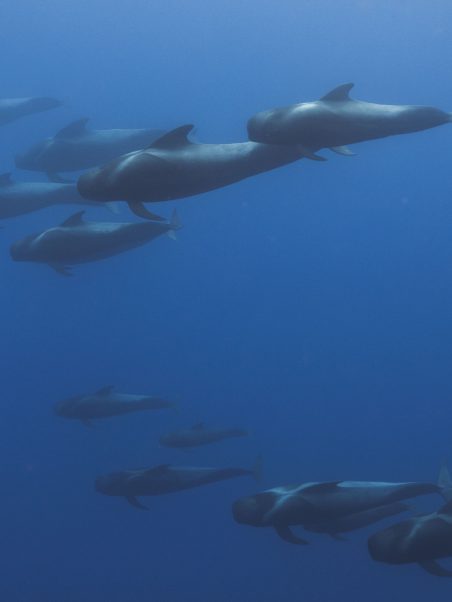
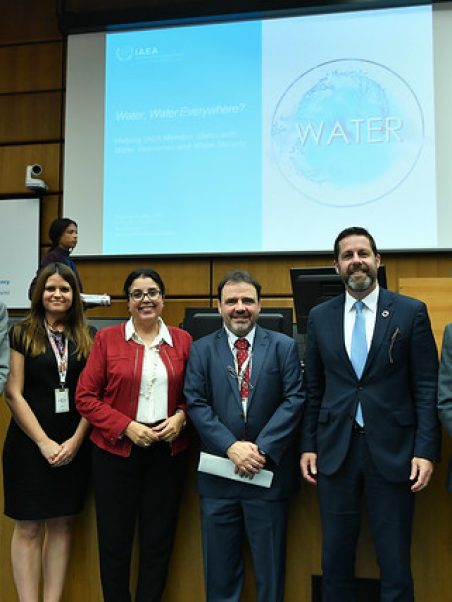
Finally, let us not forget Rainier III’s decisive action in response to the nuclear tests organized after the Second World War: in 1959, with remarkable foresight, he hosted the first world scientific conference on the final disposal of radioactive waste on land and at sea. Two years later, with the support of the Government of Monaco, the International Atomic Energy Agency (IAEA) established the
International marine radioactivity laboratory
to promote knowledge of the behaviour of radionuclides in the seas and the use of nuclear and isotope techniques in the protection of the marine environment. Since 1961, this laboratory has been housed within the Oceanographic Museum of Monaco. In 1998, its permanent premises were set up on the Principality’s port.
HSH Prince Albert II: the challenge of preservation
Today, following in the footsteps of His father Rainier III and His great-great-grandfather Albert I, H.S.H. Prince Albert II is leading an exemplary action in favour of the protection of the ocean. In addition to embodying and federating the action of Monaco and its institutions in this field, it contributes to the definition and implementation of concrete solutions aimed at preserving the marine environment.
This includes the development of Marine Protected Areas (MPAs) and the organization of their financing. To this end, the Association for the Sustainable Financing of Mediterranean Marine Protected Areas (
M2PA
) was created in 2015 on the initiative of the Principality of Monaco, France, Tunisia and the Prince Albert II of Monaco Foundation. It complements and coordinates existing mechanisms, contributes to the implementation of MPA strategies, strengthens existing MPAs, mobilizes additional funding, promotes sustainable funding, etc. This association under Monegasque law has since been joined by Morocco, Albania and four regional organisations.
It has already received financial contributions from the Government of the Principality of Monaco and, more recently, from new donors such as the Leonardo di Caprio Foundation, Basel Zoo and the Oceanographic Museum of Monaco.
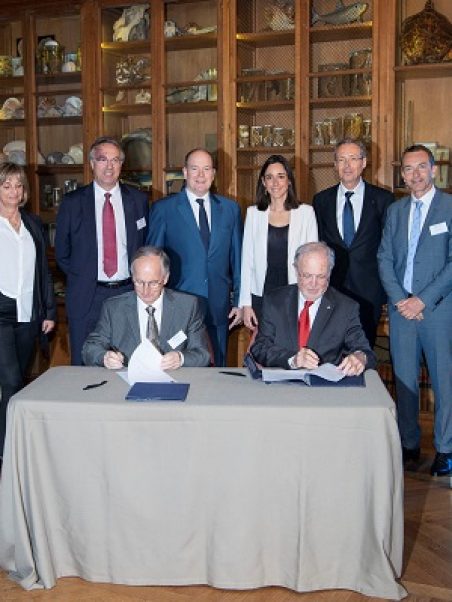
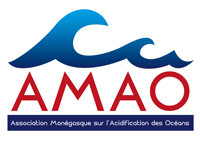
Through His Foundation, H.S.H. Prince Albert II has also invested in the creation of the Monegasque Association on Ocean Acidification (MAOA) in 2013. The objectives of this association are to communicate, promote and facilitate international action against ocean acidification and other global stressors on the marine environment.
Ocean acidification is one of the major consequences of rising carbon dioxide levels in the atmosphere. Since the Monaco Declaration on Ocean Acidification signed by 150 scientists from 26 countries in 2008, H.S.H. Prince Albert II and His Foundation have been very active on this crucial issue, which has been discussed in particular at COP 21 (Paris 2015). Alongside them, the Oceanographic Institute, the Monaco Scientific Centre (CSM) and the International Atomic Energy Agency (IAEA) are also members of the association. WAMA is also part of the Ocean & Climate Platform, an international multi-stakeholder network created on 10 June 2014 on the occasion of World Oceans Day with the support of the Intergovernmental Oceanographic Commission of UNESCO.







